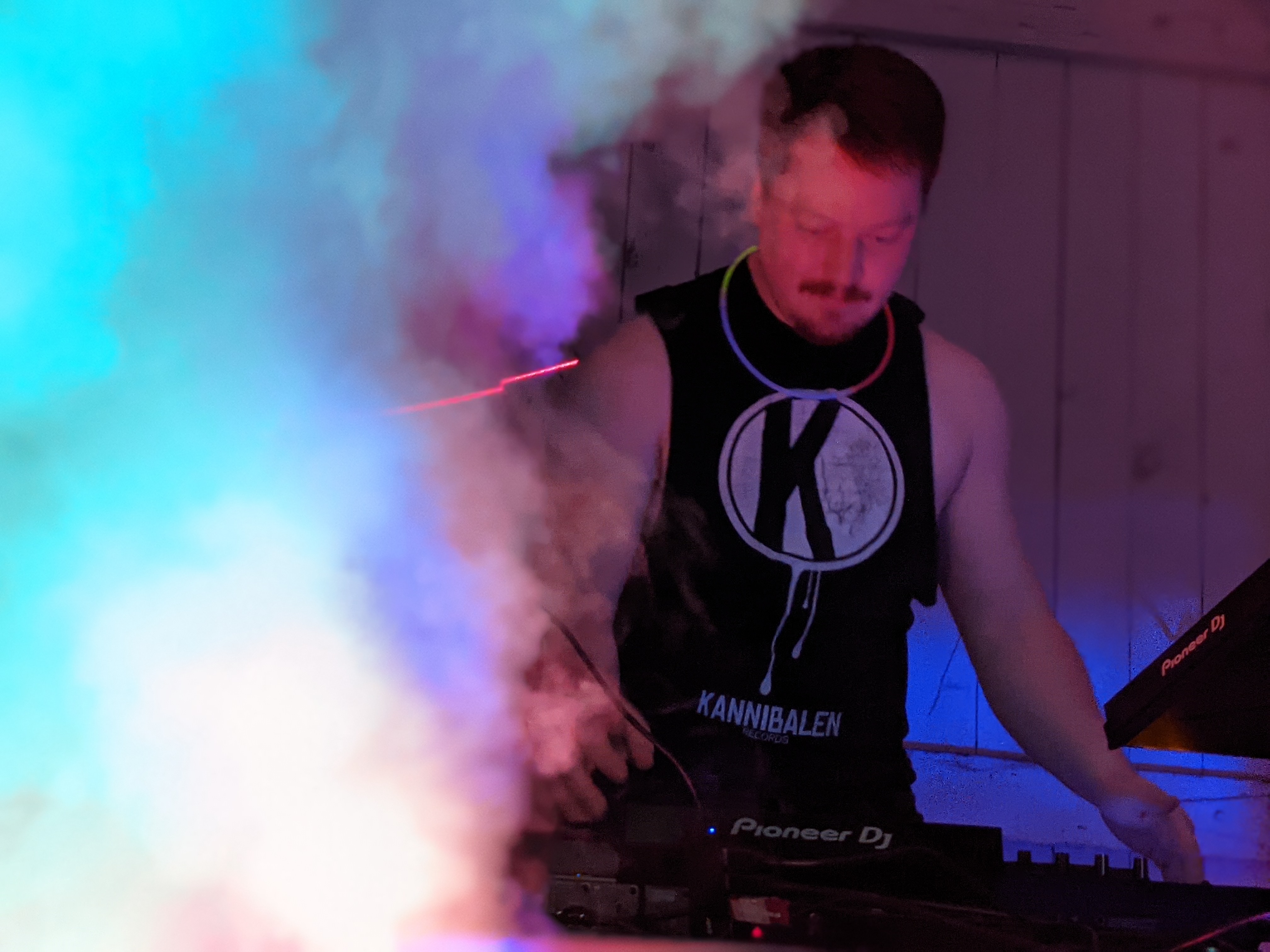
This is the second in a series of three posts teaching you how to DJ!
Part 1: What You Need to Start DJing
Part 2: How to Learn DJ Basics
Part 3: How to Make a DJ Mix
Great, you’ve got your musical knowledge, DJ software & hardware, and your music library. Lets get started on learning the fundamentals!
First time setup
Import your music library into your DJ software
Your first step is to get your music library into your Rekordbox collection. You will also want to analyze all of your songs to get their BPM and key signature. To do this, simply click and drag songs into the Rekordbox window. If they don’t begin analyzing automatically, you can select them and then select analyze tracks when right clicking.
I also recommend changing a few settings in Rekordbox. For example, I recommend you set your column headers to be the following: Preview, Artwork, Track Title, Artist, BPM, Key, Rating, and Comments. You can choose whatever columns you want displayed by right clicking on the header of your collection display window. I also recommend setting the waveform display to be RGB (this makes it easier to identify phrases in the waveform) and the key display to be Camelot notation (this makes it easier to check if tracks are in key). Both of these modes can be changed in the Rekordbox settings.
Set up and familiarize yourself with your hardware
Hook up your DJ controller to your laptop, some speakers, and a pair of headphones. Because this is your first time DJing, you might not be familiar with all of the different buttons and knobs on your controller. The video below is a great explanation of how to use the DDJ-400 controller. The DDJ-400 is my recommendation for a good beginner controller, but even if you have different hardware the video will still be helpful since it goes over all the basics which are included on all DJ hardware. Once you watch that video, you will have a much better idea of how to use your new equipment!
Basic skills to learn
Practice beat matching by ear
When transitioning between two tracks, it is important that the beats of the two songs are synchronized (matched). When playing two tracks on a controller or all-in-one DJ system you can visually see if the beats are aligned or not. To be honest, using this visual cue to beat match is how I got started, but it does have some issues. The problem comes in if the beat grid of one of the songs has been analyzed incorrectly, or if you are using CDJs (which display song waveforms separately without being on top of each other). For this reason it is important for all new DJs to learn how to beat match by ear. For an excellent explanation and demonstration of beat matching by ear I recommend the video below.
Practice transitioning between songs
Now that you have your music library in your DJ software, you’ve set up your hardware, familiarized yourself with its knobs, and you’ve practiced beat matching by ear, you’re finally ready to do your first transition! Start by finding a House track which has an intro and outro which consists almost entirely of just a simple drum beat (this keeps it simple). Then, add this track to both of your decks and practice transitioning from the outro of the song on one track into the outro of the song on the other track. Transitions are much better demonstrated than explained, so take a look at the video below to learn more.
Once you feel more comfortable with the basic fade, try transitioning between two different songs with similar BPM and key. Once you feel comfortable with BPM adjustment, beat matching, EQs and fading, you’re off to the races! There are many other types of transitions of course (and feel free to create your own!), but for EDM DJs the basic fade can get you nearly all of the way there. For more creative transition ideas check out this video, and for examples of how to transition between two songs with significantly different BPMs or genres, check out this video.
Alright, now that you know how to use your DJ controller and have practiced a few different transitions, you’re ready to move on to making your first mix! For some guidance on how to do that, check out my next blog post.